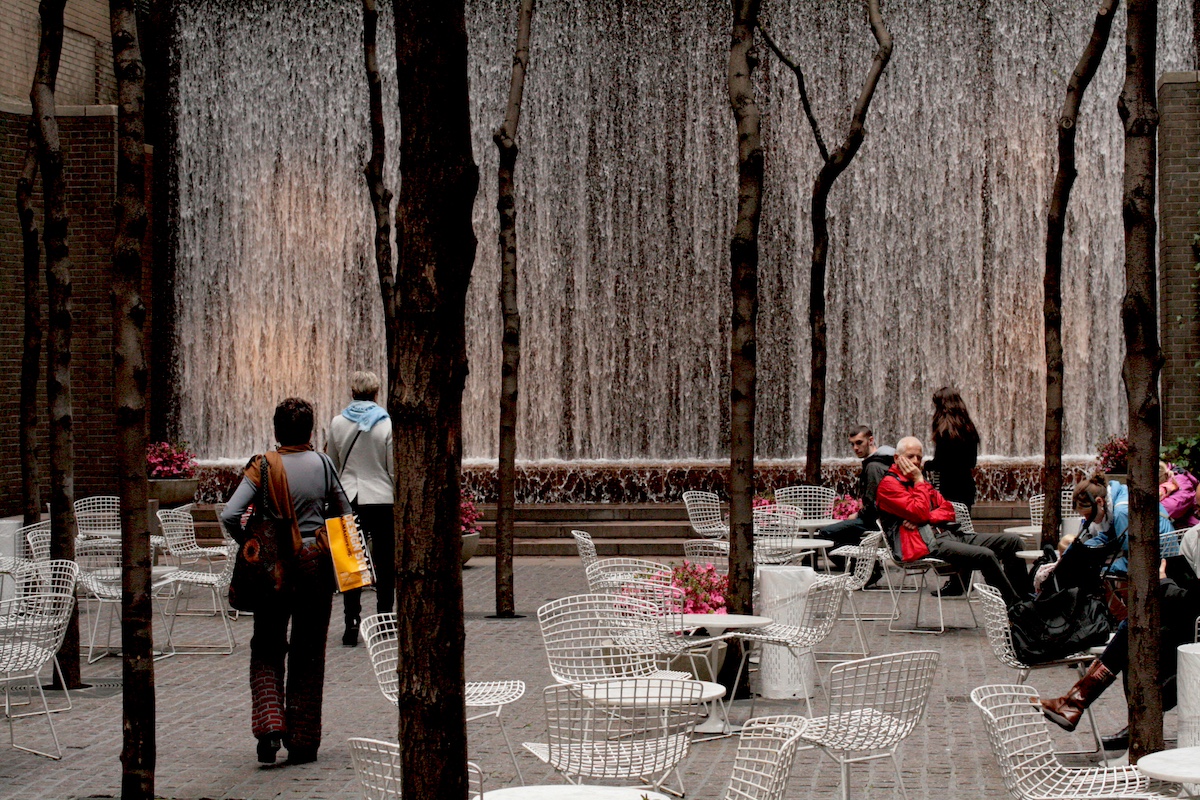Landscape Acoustics is not (yet) officially established as a discipline in its own right. But perhaps such “disciplining” would not necessarily be desirable regarding its transversal and holistic approach to understanding outdoor acoustics and the role of sound in the relationship between living beings and their environment.
This lecture will take you on a brief journey through the sonic ec(h)osystems of cities and landscapes, conveying some basic notions of outdoor acoustics and relevant areas of study from acoustic ecology to sound arts. In particular, however, by presenting some concrete project examples, the lecture would like to stimulate a sense of the possibility that outdoor spaces can also be designed acoustically.
The lecture will be punctuated by listening sessions and culminate in an exercise contributing to elaborating your final course projects.
You can find more about the work of Nadine Schütz here.
Before the course (due 20.11)
Document all your work in a post on the course website.
Chose a sonic object – an object that sounds autonomously (such as an old clock or a desk fan) or which you can use to make a sound (for example, dry leaves, two stones, newspaper, a keychain) – that produces a sound which relates to the predominant use of your space or a significant activity taking place therein.
Submission
Describe the object chosen, the sound it produces, and its representative character concerning the use of your space (max 100 words).
Complete this description with a short recording (duration: 30 seconds) of the object sound, as isolated and non-reverberant as possible. Be very careful about the environment you choose for recording. Sometimes, it’s a good idea to record under a duvet or towel.
Bring your object to the course. We will try to perform a short spatial recording exercise together during the class.



